Fall is a season of transition in the garden. Leaves turn brilliant shades of red, orange, and yellow, temperatures drop, and gardeners begin preparing their outdoor spaces for winter. Among the many questions that arise this time of year, one stands out for fruit tree owners: “Should I prune my fruit trees in fall?”
Pruning is essential for maintaining healthy, productive fruit trees. It encourages strong structure, removes diseased or damaged branches, and can improve fruit yield. However, timing is crucial. Pruning at the wrong time—or in the wrong way—can weaken trees, invite disease, and reduce next year’s harvest.
In this article, we explore what experts say about fall pruning, the benefits and risks, and the best practices to ensure your fruit trees remain healthy and productive.
Why Pruning Matters for Fruit Trees
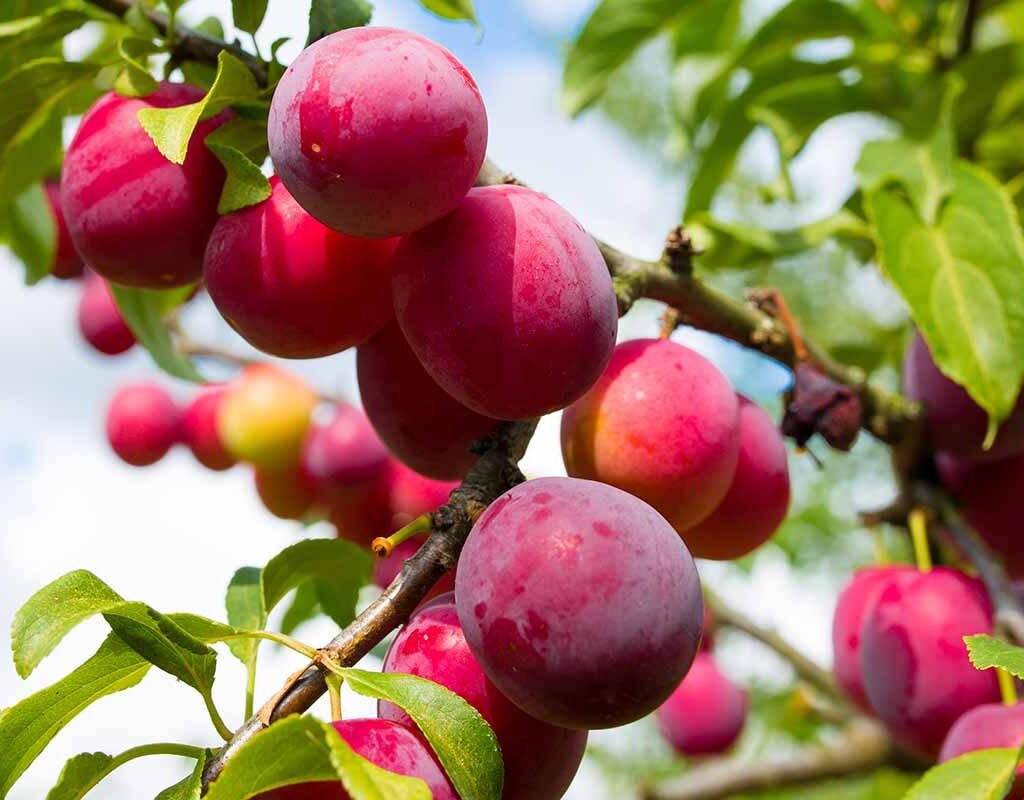
Pruning is more than just aesthetic. For fruit trees, proper pruning:
- Encourages air circulation: Reduces fungal disease by allowing sunlight and wind to penetrate the canopy.
- Improves light penetration: Ensures fruit receives sufficient sunlight for ripening and color development.
- Removes dead or diseased wood: Helps prevent the spread of pathogens.
- Controls tree size and shape: Makes harvesting easier and maintains a strong structure to support heavy fruit loads.
- Stimulates new growth: Promotes vigorous shoots and potentially higher fruit production.
The timing of pruning is what determines whether it benefits or harms the tree.
The Case for Fall Pruning
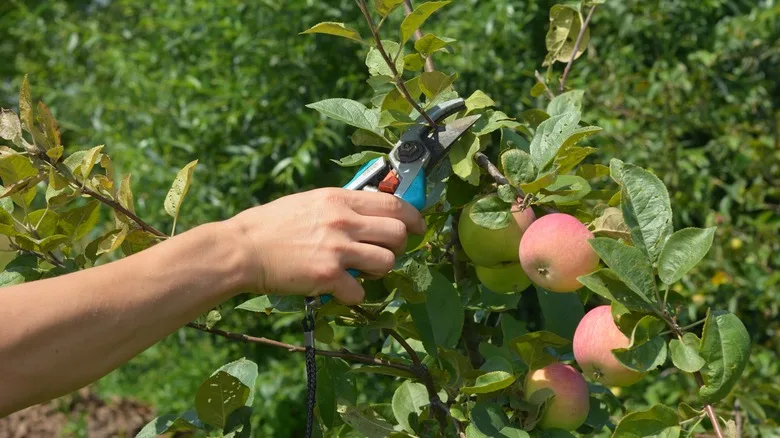
Some gardeners believe fall is an ideal time to prune because:
- Trees are entering dormancy: By late fall, deciduous fruit trees are mostly dormant. Pruning during dormancy may reduce sap loss and stress.
- Easier to see the structure: With leaves gone, the branching structure is more visible, making it easier to identify which limbs to remove.
- Removes damaged wood before winter: Dead, broken, or diseased branches that might not survive the cold can be safely removed.
Certain situations may justify light fall pruning:
- Removing broken branches caused by storms or heavy fruit loads.
- Clearing diseased or pest-infested wood to reduce overwintering issues.
- Trimming branches that interfere with structures, fences, or pathways.
Expert Insight: Many horticulturists agree that minor corrective pruning in fall is acceptable and can improve tree safety and appearance without severely impacting next year’s growth.
The Risks of Pruning Fruit Trees in Fall
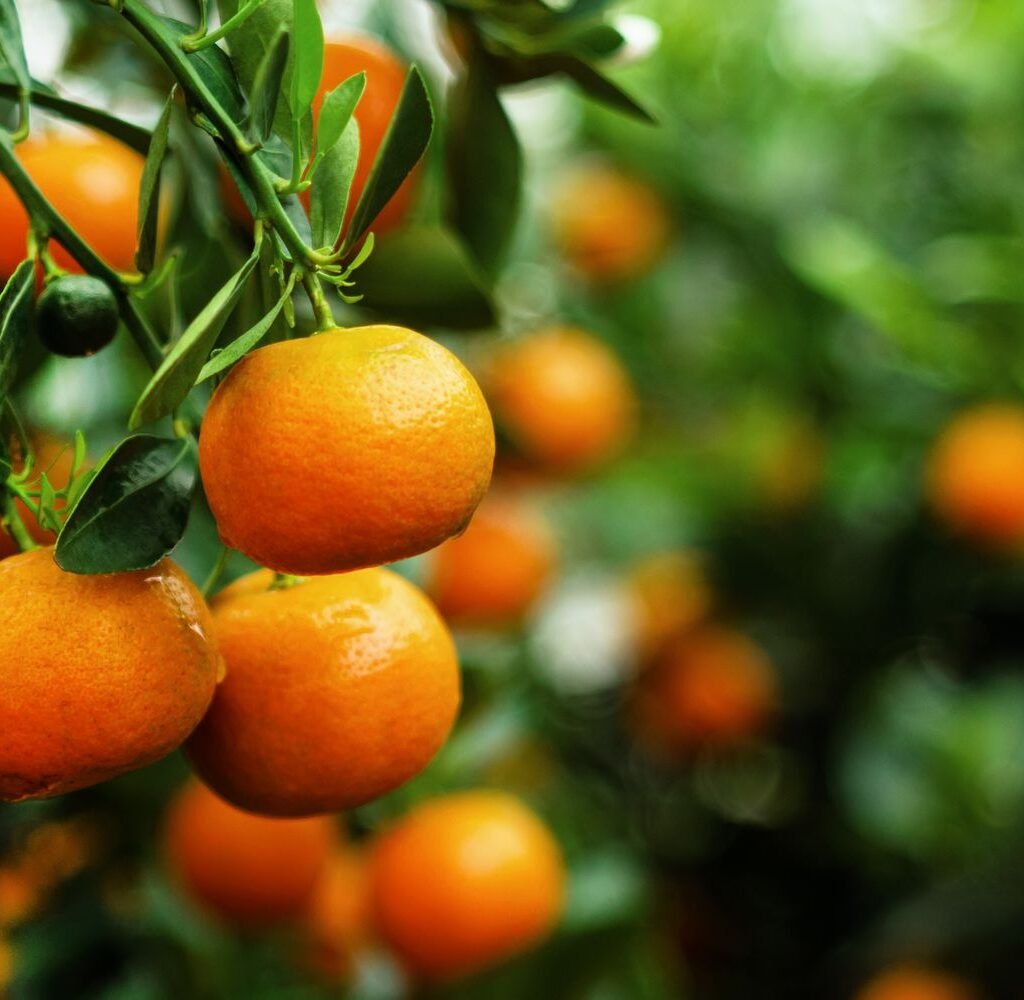
While light corrective pruning can be beneficial, heavy pruning in fall is generally discouraged for most fruit trees. Here’s why:
- Increased vulnerability to disease: Fresh cuts in fall are at higher risk for fungal infections, particularly from pathogens like bacterial canker or Botryosphaeria. Warm, wet autumns make trees more susceptible to disease.
- Stimulates new growth at the wrong time: Pruning encourages buds to form. In fall, new growth may emerge too late to harden off before frost, leaving tender shoots exposed to winter damage.
- Delayed wound healing: As trees enter dormancy, their ability to seal cuts slows down. Pruned branches may remain open and vulnerable until spring.
- Potential reduction in next year’s fruit: For some species, heavy fall pruning can remove potential fruiting spurs, leading to a smaller harvest.
Expert Consensus: While light, corrective pruning is safe, major structural pruning is best done in late winter or early spring—just before new growth begins.
Timing Matters: Late Winter vs. Fall
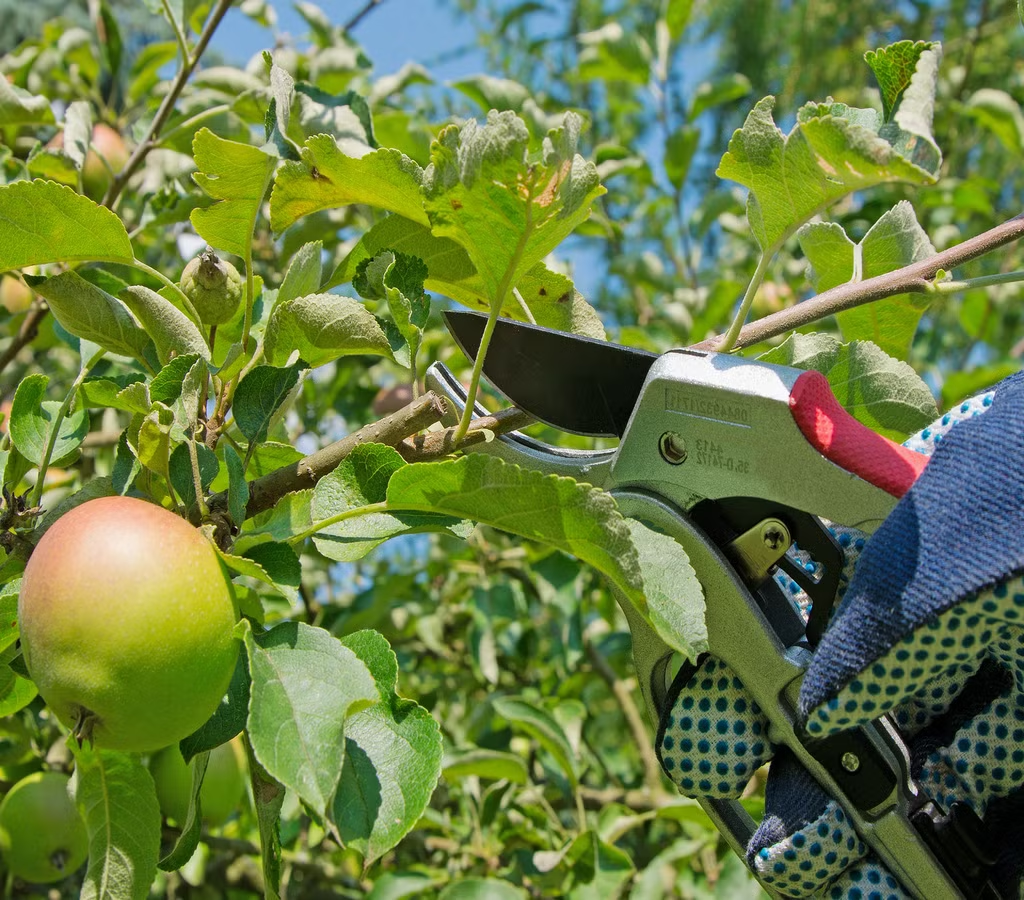
Most fruit tree experts recommend pruning during late winter for optimal results. Here’s the reasoning:
- Late winter pruning occurs just before bud break. The tree is still dormant, but the risk of stimulating tender new growth too early is minimized.
- Dormant trees respond quickly in spring with strong shoots and healthy fruiting buds.
- Wounds heal faster in late winter, reducing disease susceptibility compared to fall.
For trees like apples, pears, peaches, and plums, the safest approach is to reserve major pruning for late winter. Fall pruning should focus on light corrections and safety concerns.
Tips for Safe Fall Pruning
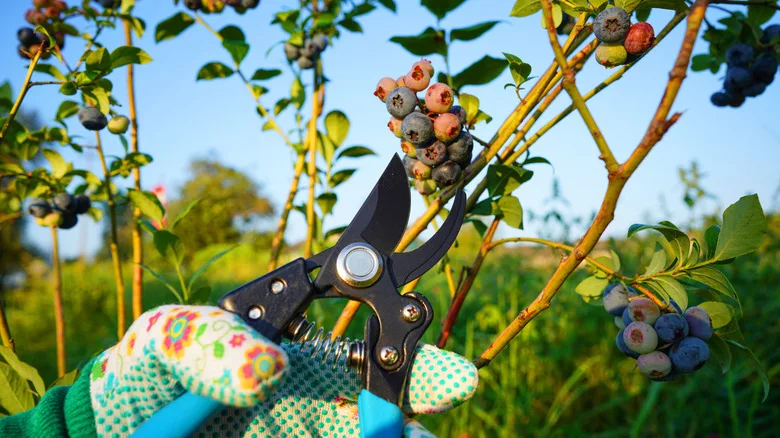
If you decide to prune in fall, follow these expert recommendations:
- Focus on dead or damaged branches: Remove branches that are broken, diseased, or crossing other limbs.
- Avoid heavy thinning: Remove no more than 10–15% of live wood in fall. Heavy pruning increases disease risk.
- Use clean, sharp tools: Disinfect pruners or saws with 70% alcohol or a bleach solution between cuts to prevent spreading disease.
- Prune on dry days: Avoid pruning when the tree is wet, as moisture can carry pathogens into fresh cuts.
- Keep cuts clean and angled: Cut just above a bud or lateral branch, angling away from the bud to encourage water runoff and faster healing.
Expert Tip: For large branches, make three cuts to prevent tearing: an undercut, a top cut slightly further out, and a final trim to remove the stub.
Species-Specific Considerations
Some fruit trees respond differently to fall pruning. Understanding your tree’s needs can help you make better decisions:
- Apple and Pear Trees: Light fall pruning is okay for removing damaged wood. Major structural pruning should wait until late winter.
- Stone Fruits (Peach, Plum, Cherry): Fall pruning is risky because cuts heal slowly and diseases like silver leaf can infect wounds. Light trimming only.
- Citrus Trees: Generally evergreen, these trees can be pruned lightly in fall, but heavy pruning is better in early spring.
- Fig Trees: Can tolerate fall pruning in mild climates, but pruning before a hard frost can expose wood to damage.
Expert Insight: Always research the species-specific guidelines for your trees, as pruning timing can vary depending on climate, tree type, and local disease risks.
After Pruning Care
Even light fall pruning requires attention afterward to protect tree health:
- Clean up debris: Remove all pruned branches and fallen leaves to reduce disease overwintering.
- Mulch and protect roots: Apply 2–4 inches of organic mulch around the base, keeping it 2–3 inches from the trunk. This helps retain soil moisture and moderate soil temperature.
- Monitor for pests: Check trees for overwintering insects like scale or aphids. Treat if necessary before dormancy sets in.
- Avoid fertilizing: Fertilizing after pruning in fall can stimulate growth that will not harden off before winter. Wait until early spring for nutrient applications.
When Fall Pruning Makes Sense
In summary, fall pruning has a place—but only under specific circumstances:
- Removing dead, damaged, or diseased branches
- Correcting safety hazards such as branches interfering with walkways or power lines
- Light shaping or aesthetic corrections
For all other purposes, especially major structural pruning or thinning for fruit production, late winter is the safer and more effective option.
Conclusion: Expert Guidance on Fall Pruning
Pruning fruit trees is both an art and a science. Fall is not the ideal season for heavy pruning, but light corrective work can prevent damage and keep trees healthy. Understanding the risks—disease, winter damage, and lost fruit buds—helps gardeners make informed choices.
Key Takeaways from Experts:
- Light fall pruning is safe for removal of dead, damaged, or diseased wood.
- Heavy structural pruning should wait until late winter or early spring.
- Species-specific guidelines matter—what works for apples may not be safe for stone fruits.
- Use clean, sharp tools and proper techniques to reduce risk of infection.
- Protect pruned trees through winter with mulch, pest management, and proper care.
By following these guidelines, you can ensure your fruit trees remain healthy through winter and produce abundant, high-quality fruit next season. Remember—pruning isn’t just about shaping trees; it’s about preserving life, productivity, and beauty in your orchard year after year.
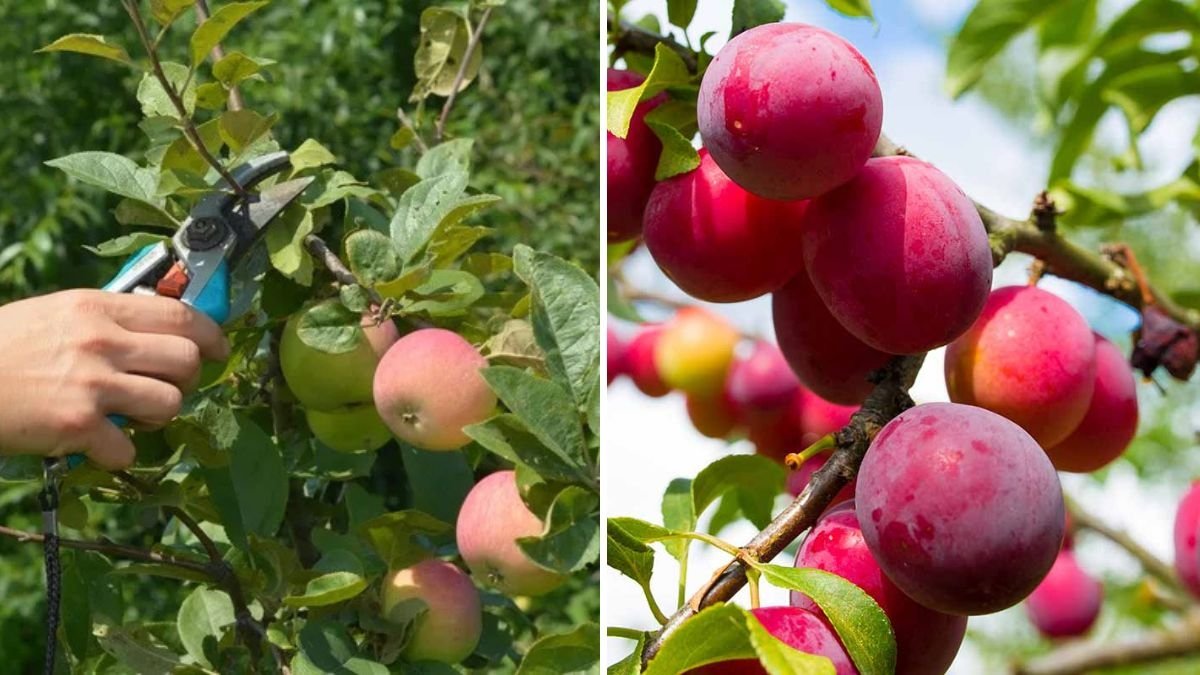




Leave A Comment